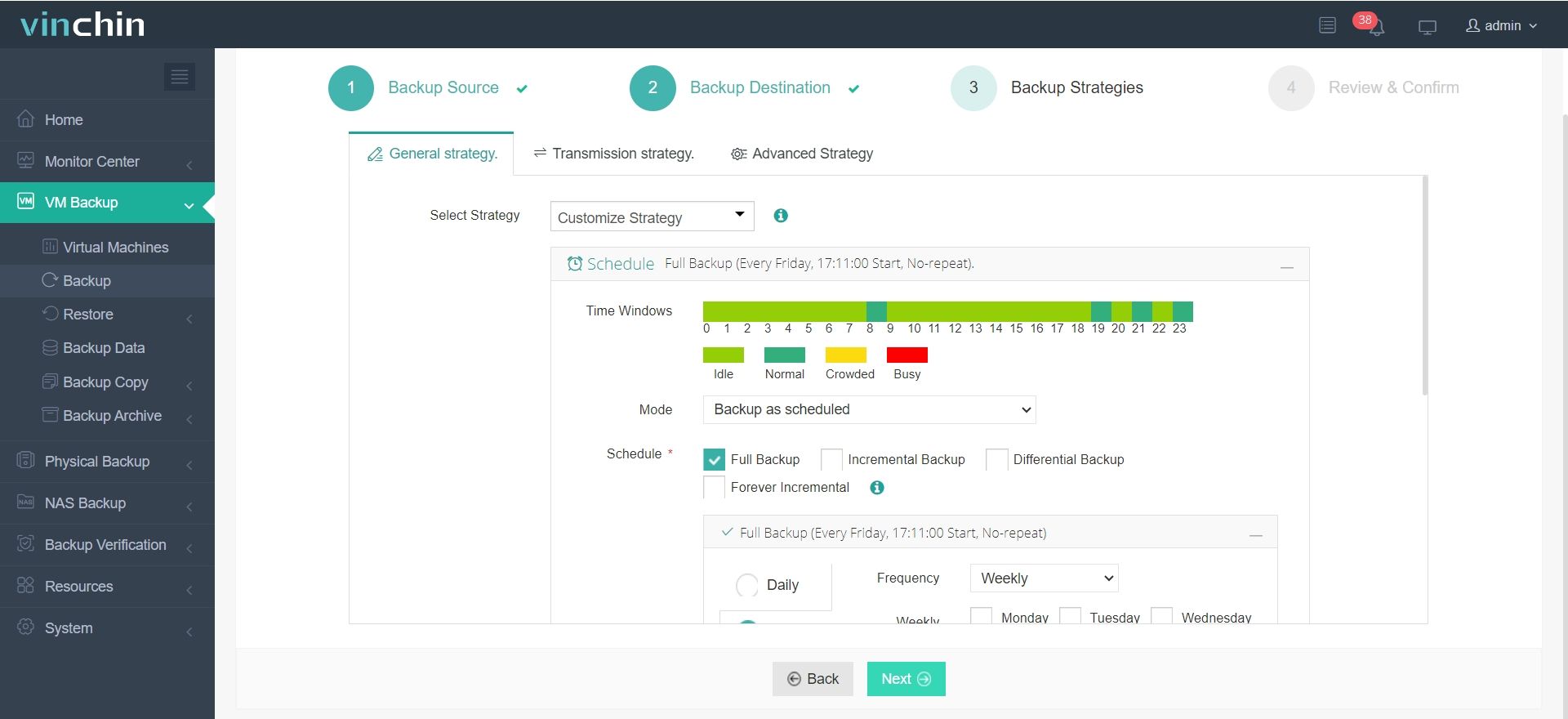-
What is point-in-time recovery?
-
What is backup?
-
Key features of backups:
-
Key differences between PITR and backup
-
When to choose PITR vs backup?
-
Comprehensive VM backup and recovery solution
-
Point-in-time recovery vs backup FAQS
-
Conclusion
What is point-in-time recovery?
Point-in-Time Recovery (PITR) is a mechanism that allows you to recover data to a specified point in time. It is particularly effective when dealing with data modification, deletion, or corruption due to human error. PITR achieves accurate recovery within a certain retention period by continuously recording and retaining data changes.
Key features of PITR:
Precision: Allows data to be recovered to a precise moment in time.
Continuous data collection: Continuous changes are recorded, forming a time line of changes.
Selected scenarios: Ideal for scenarios such as data overwriting, logical corruption, or point-in-time testing.
Automation: Often enabled as an administrative feature in databases like DynamoDB, PostgreSQL and SQL Server.
PITR limitations:
Retention: PITR is limited by a retention period that is typically configurable (e.g., 35 days for AWS DynamoDB).
Cost: Additional costs may be incurred for continuous data collection.
No Replacement for Backups: PITR does not enable protection against total system downtime or catastrophic events.
What is backup?
Backup is the process of continuously creating instances of data at a specified point in time. These backups can be kept locally, in the cloud or on external storage devices. Backups are fundamental in disaster recovery and can restore data in case of hardware failure, sudden garbled attack or data loss.
Key features of backups:
Inverted image: Records the entire data storage state at the time of backup.
Durable: Typically stored in multiple locations to protect against disaster.
Selected Scenarios: Important for long-term data retention, statute engagement, and disaster recovery.
Adaptable: Can be planned on a regular basis (daily, weekly, etc.) and retained durably.
Limitations of Backup:
Roughness: Data is restored to the state of the most recent backup, with the possibility of losing subsequent data changes.
Recovery time: Slow recovery for large data.
Resource Consumption: Full backups in particular can consume a lot of storage and computing resources.
Key differences between PITR and backup
Characteristics | Point-in-Time Recovery (PITR) | Backup |
Precision | Accurate to the specified moment | Restore to last backup state |
Optional Scenarios | Handling Logic Errors | Handling disasters |
Data retention time | Limited by retention period | Customizable (long term) |
Costs | Additional cost for ongoing data collection | Based on frequency provenance |
Recovery speed | Faster recovery when point-to-point | Slower recovery for large data |
Scope of protection | Logical errors, human-induced changes | Overall system failure, disaster |
When to choose PITR vs backup?
Point-in-Time Recovery:
Data changes are frequent and there is a risk of data overwriting or corruption.
Scenarios that require recovery to a specific point in time, such as testing or export probing.
Data loss during backup intervals is not acceptable.
Backup:
Disaster recovery planning for hardware failures, garbled attacks, or location disasters.
Meet statute requirements for long-term data retention.
Systems that do not require frequent changes or are less sensitive to recovery time.
Comprehensive VM backup and recovery solution
Vinchin Backup & Recovery is recommended. vinchin is a backup solution designed for VMware, Proxmox, Hyper-V, XenServer, XCP-ng, oVirt, RHV and other virtual machines, databases. It provides comprehensive and powerful VM backup and recovery features, such as agentless backup, instant recovery, V2V migration, designed to protect and manage critical data in virtualized environments.With its user-friendly interface and powerful features, Vinchin helps organizations address all data loss risks and ensure business continuity.
Vinchin Backup & Recovery is very simple to use and it will show how easy it is to back up a VM:
1.Just select VMs on the host

2.Then select backup destination

3.Select strategies

4.Finally submit the job

Recovery
1. Choose the restore point

2. Tick Restore Destination

3. Setting up your Restore Strategy

4. Select submit

Vinchin offers a free 60-day trial for users to experience its full range of functionality in a real-world environment. This allows organizations to evaluate its features. For more information, please contact Vinchin directly.
Point-in-time recovery vs backup FAQS
Q1: What is Point-in-Time Recovery (PITR) for SQL Server?
A1: Point-in-Time Recovery in SQL Server is the process of restoring a database to a specified point in time and is typically used to recover from database corruption caused by user error or logical problems such as accidental data deletion or incorrect updates.
Q2: What is the command to restore to a specific point in time?
A: Use the RESTORE DATABASE command in conjunction with the WITH STOPAT parameter to specify the point in time to restore to.
Conclusion
Point-in-Time Recovery (PITR) ensures precise recovery for logical errors, while backups focus on long-term retention and disaster recovery. Combining both strategies offers robust protection. Tools like Vinchin streamline PITR and backups, ensuring reliable, efficient data management.
Share on:






